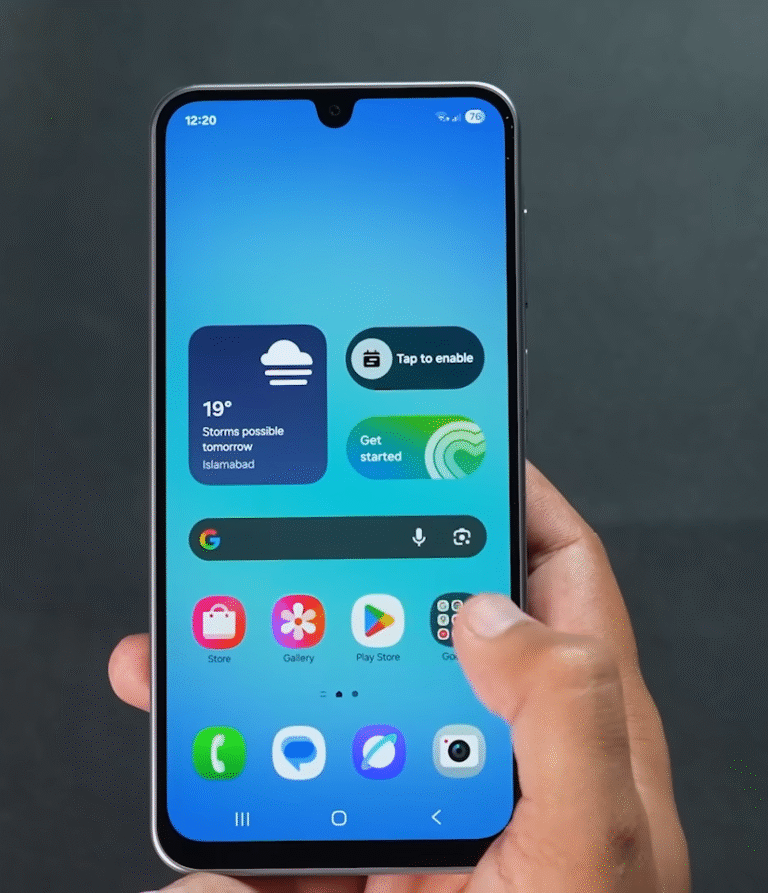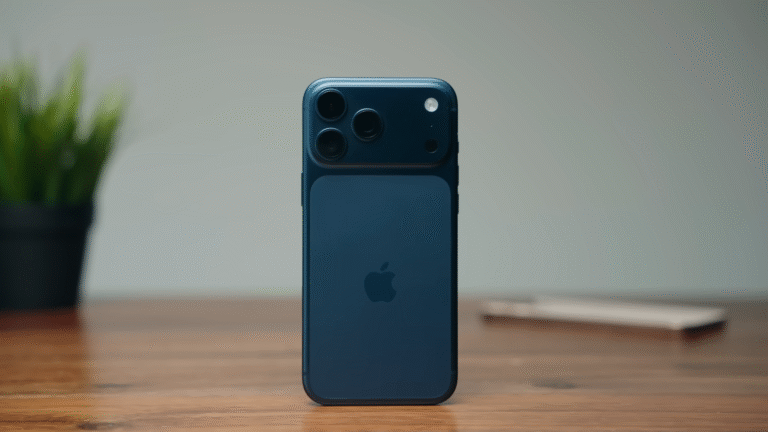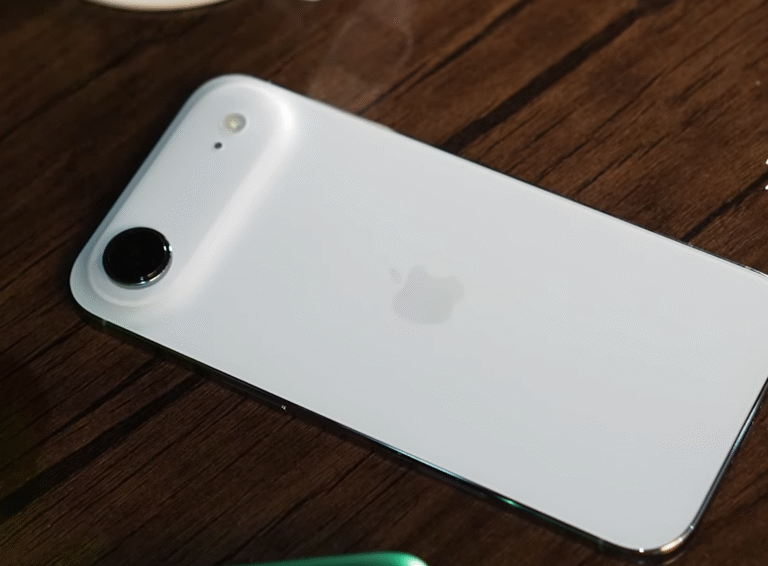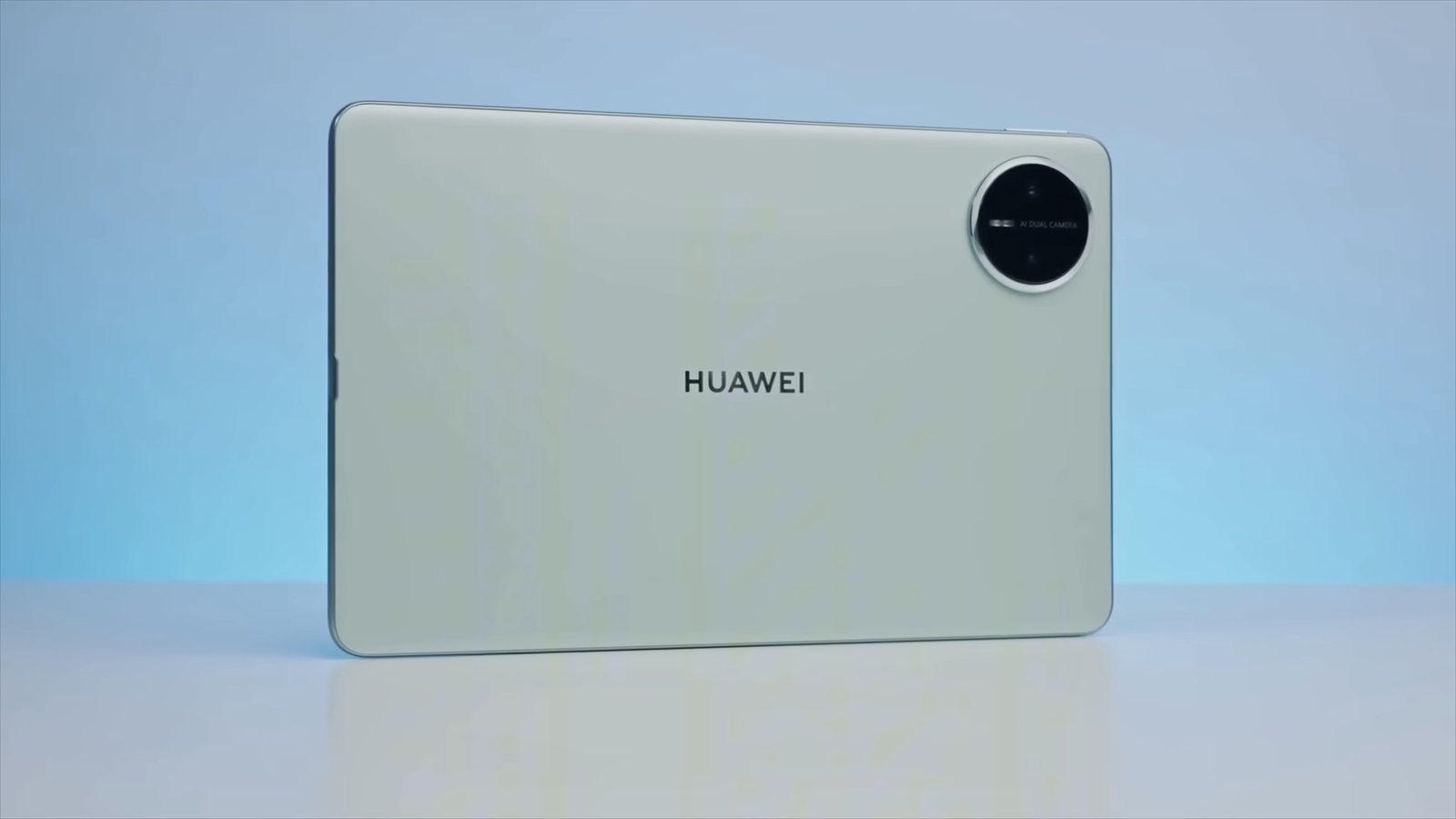
For years, the small tablet market has been dominated by Apple’s iPad Mini, but even that line has settled into a rhythm of incremental updates rather than groundbreaking innovation. Huawei has decided that now is the time to challenge the status quo with its brand-new Huawei MatePad Mini. This device is more than just a compact tablet—it feels like Huawei is putting its best ideas into a small package, showing that “mini” no longer has to mean compromise.
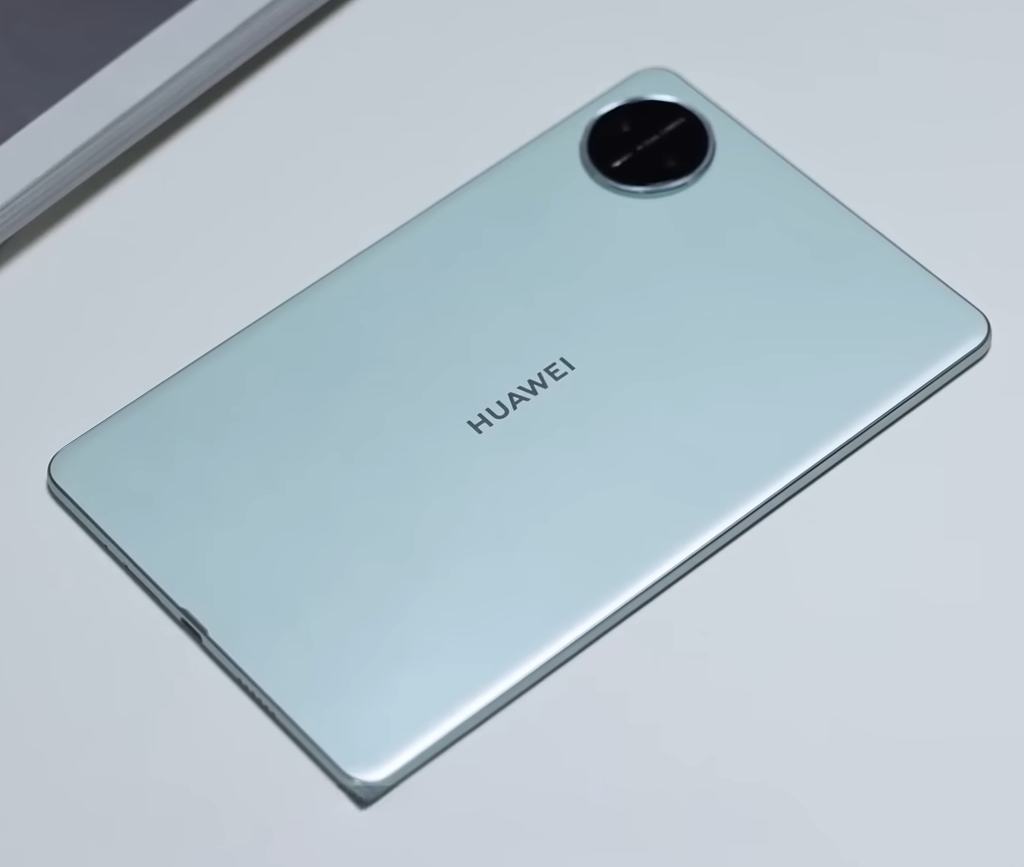
The very first impression when holding the MatePad Mini is how impossibly light it feels. Weighing only 255 grams, it comes in lighter than a can of soda and even lighter than Apple’s iPhone 16 Pro Max with a case attached. At just 5.1 millimeters thin, the device feels more like a slim notebook than a traditional tablet, making it extremely comfortable to hold for long periods. Compared to the iPad Mini 7, which weighs 297 grams, Huawei’s option is over 14 percent lighter, and that difference becomes obvious when commuting, reading, or gaming on the go.
Huawei’s engineers clearly invested a lot into the structure and materials to achieve this balance. Instead of a standard aluminum frame, the MatePad Mini uses magnesium alloy, which cuts weight by around 20 percent without sacrificing durability. Inside, the battery takes advantage of silicon anode technology, managing to deliver a large 6,400 mAh capacity while still fitting within the thin design. Reinforcement is also smartly placed—there’s a steel support beam inside the body, and even the stylus bracket is made from titanium alloy to prevent bending or warping in everyday use. In short, Huawei has managed to make the tablet incredibly light without making it fragile.
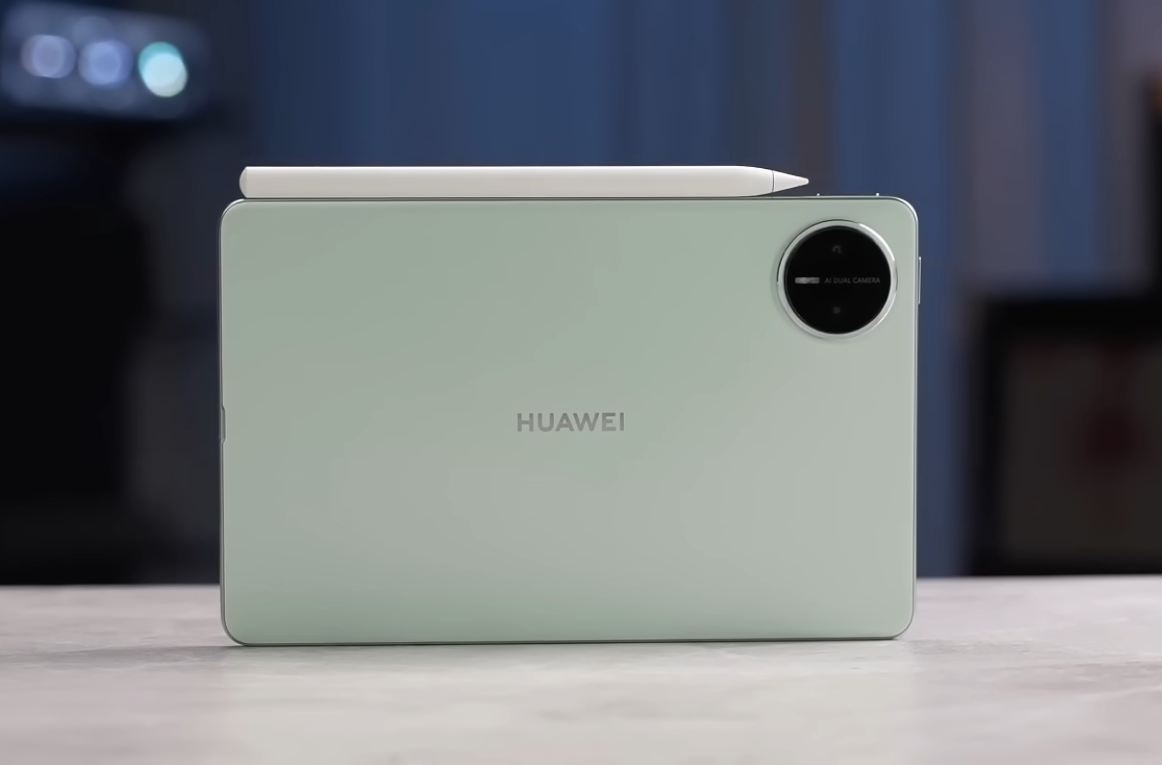
The display is where Huawei really pushes boundaries. The MatePad Mini features an 8.8-inch flexible OLED panel with ultra-slim bezels, giving it a screen-to-body ratio of 92 percent. Compared to the chunky borders of the iPad Mini, the MatePad’s almost all-screen design looks futuristic and immersive. The resolution sits at 2.5K with 343 PPI, ensuring sharp text and detailed visuals, while the panel reaches a peak brightness of 1,800 nits, making it visible even in strong sunlight. Add to that a 120 Hz refresh rate and 300 Hz touch sampling, and the MatePad Mini feels smooth, fast, and highly responsive.
But it’s not just the numbers that impress—the screen has been given Huawei’s nano-etching treatment, which reduces up to 99 percent of ambient glare. That means reading, writing, or drawing feels natural, with less reflection compared to glossy competitors. Paired with Huawei’s M-Pencil Pro stylus, the tablet becomes a serious tool for creativity and productivity. The stylus supports 16,384 levels of pressure sensitivity, giving artists and note-takers a paper-like experience. What makes it stand out, however, are the smart functions integrated with HarmonyOS. A single tap can summon Huawei’s Celia AI, a double tap converts speech to text, and a gentle squeeze opens customizable tool shortcuts. It even has a tracking feature—lose the pen, and you can locate it with near-link positioning directly from the tablet.
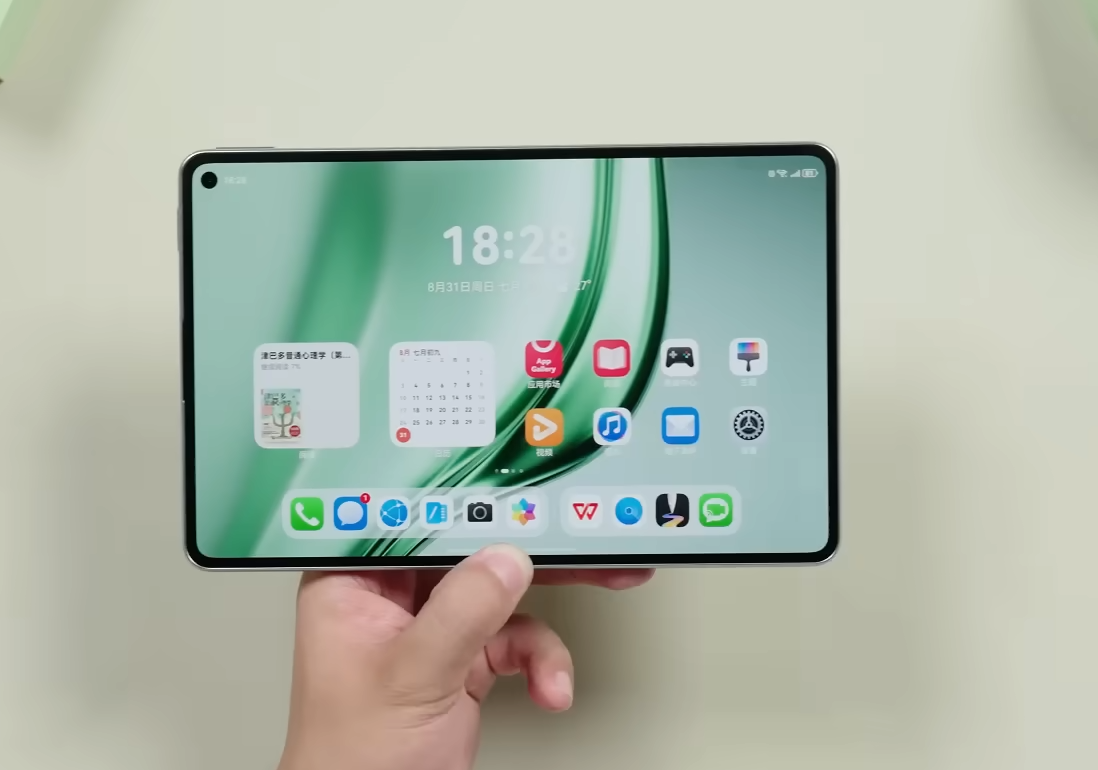
On the software side, Huawei equips the MatePad Mini with HarmonyOS 5.1, which emphasizes AI-powered features and seamless device collaboration. Users can circle anything on the screen—a product, a location, a phrase—and instantly trigger smart search results. Tasks can move between Huawei phones and the tablet with copy-and-paste continuity, making it feel like one connected ecosystem. Even gesture controls come built-in, such as air-swipe transfers for images and videos. Apps like Harmony Notes and Go Paint have also been optimized for the smaller screen, allowing for unbounded canvases, handwriting beautification, real-time transcription, and one-tap design tools.
Battery life is equally impressive for such a small device. Despite being lighter and thinner, the MatePad Mini’s 6,400 mAh battery outperforms Apple’s 5,024 mAh iPad Mini. In everyday testing, Huawei’s tablet consistently consumed less power across common apps, leaving nearly two-thirds of its battery intact after a three-hour mixed-use session, compared to just 40 percent remaining on Apple’s device. Gaming performance tells a similar story. Playing Honor of Kings, the MatePad Mini maintained a rock-solid 120 frames per second, fully utilizing its high refresh rate screen. The iPad Mini, by comparison, was limited to around 60 FPS—not only lower, but also locked by its display hardware.
One of the most unique aspects of the MatePad Mini is its ability to function as a phone. With SIM card support, users can make calls directly from the tablet, complete with a built-in earpiece for private conversations. No Bluetooth headset, no awkward speakerphone—just traditional voice calling with big-screen convenience. Communication features extend beyond that, with Wi-Fi 7 providing faster and more reliable connections, ensuring smooth streaming and low-latency gaming even in crowded networks.
Taken as a whole, the Huawei MatePad Mini signals a new chapter for compact tablets. Instead of being treated as a scaled-down version of a larger device, it delivers flagship-level design, display quality, and smart features in its own right. Its portability is unmatched, its ecosystem integration is forward-thinking, and unique touches like SIM calling and the glare-free softlight screen make it stand apart from anything else on the market.

For years, the small tablet category has been underwhelming, with little more than predictable updates from Apple. Huawei’s MatePad Mini proves that small can be bold, small can be powerful, and small can absolutely wow. If you’ve been waiting for a compact tablet that truly feels fresh, innovative, and designed for modern life, this might be the best option to appear in years.

